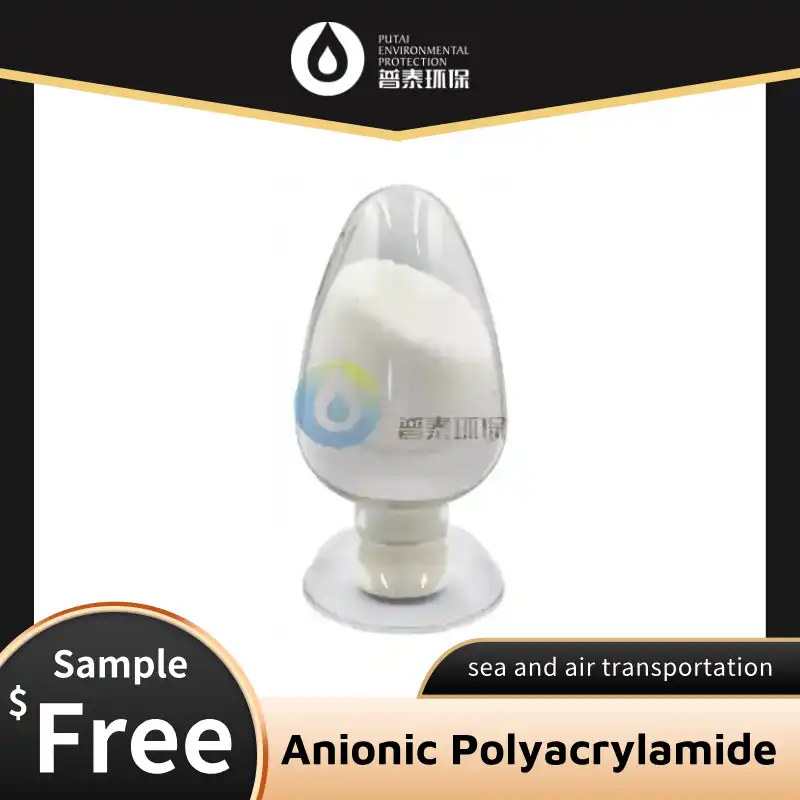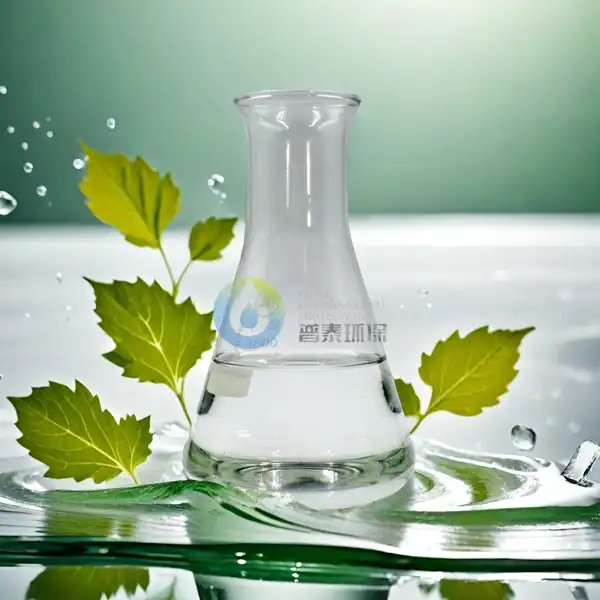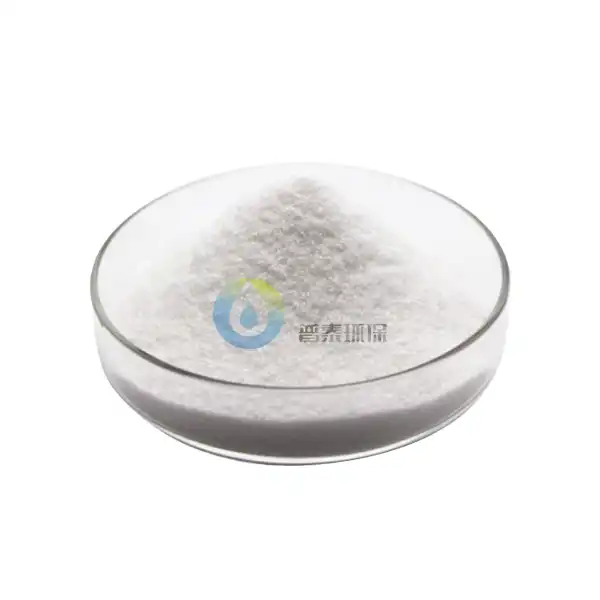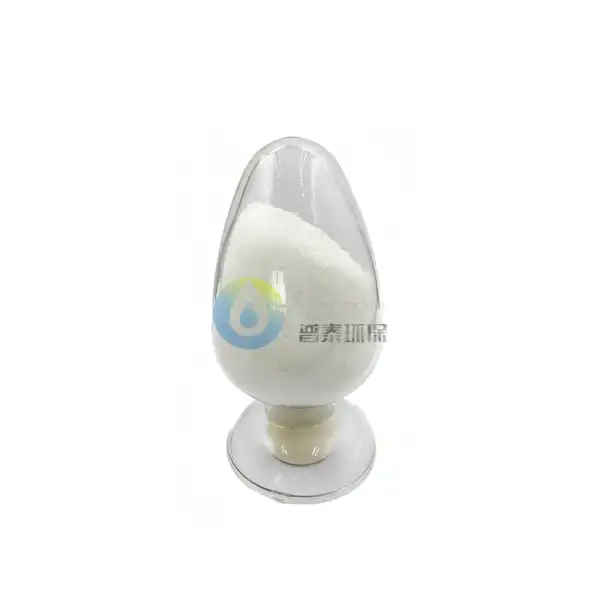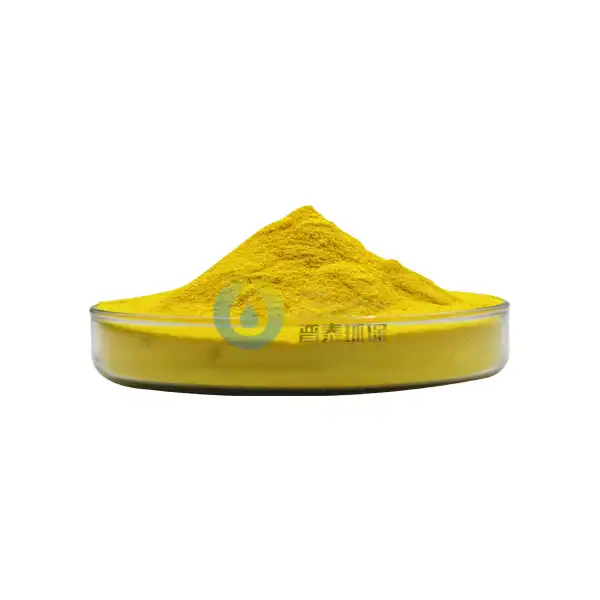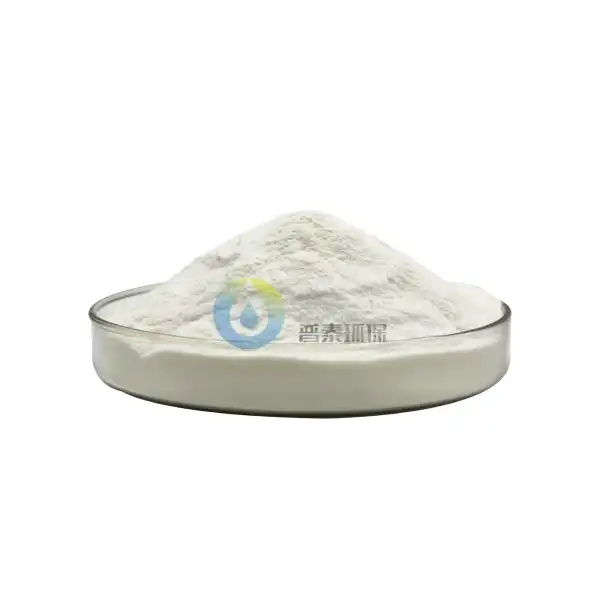Is High Purity Polyaluminum Chloride Biodegradable?
In the ever-evolving landscape of environmental science and industrial chemistry, the biodegradability of chemical compounds has become a critical area of investigation. High Purity Polyaluminum Chloride (PAC) stands at the intersection of environmental sustainability and water treatment technologies, prompting researchers and industries to explore its ecological impact and potential for environmental integration.
What Environmental Mechanisms Influence High Purity Polyaluminum Chloride Degradation?
Chemical Composition and Molecular Structure
High Purity Polyaluminum Chloride represents a complex chemical compound with intricate molecular interactions that significantly influence its environmental behavior. At the molecular level, PAC consists of polynuclear aluminum hydroxychloride species, characterized by their unique structural configurations that determine potential degradation pathways. The chemical bonds and atomic arrangements within High Purity Polyaluminum Chloride create a sophisticated molecular framework that interacts dynamically with environmental conditions, presenting a nuanced perspective on its biodegradability potential.
Researchers have observed that the molecular weight, hydroxyl content, and basicity of High Purity Polyaluminum Chloride play crucial roles in determining its environmental transformation mechanisms. These intrinsic chemical properties govern how the compound might interact with microorganisms, soil components, and aquatic ecosystems. The polynuclear structure enables complex interactions with organic and inorganic substances, suggesting potential pathways for gradual environmental integration.
Advanced spectroscopic techniques, including Nuclear Magnetic Resonance (NMR) and X-ray absorption spectroscopy, have provided deeper insights into the molecular structure of PAC. These techniques reveal the complex bridging mechanisms between aluminum ions and hydroxyl groups, which contribute to the compound's unique environmental behavior. The polymerization degree and the specific arrangement of aluminum hydroxide clusters significantly impact its potential for biodegradation and ecological interaction.
Factors Affecting Molecular Breakdown
The degradation of High Purity Polyaluminum Chloride involves multiple environmental factors, including microbial activity, pH levels, temperature, and mineral composition. Microorganisms capable of metabolizing aluminum-based compounds can potentially influence the compound's structural integrity, initiating gradual breakdown processes. Temperature fluctuations and pH variations create dynamic conditions that might accelerate or decelerate the molecular disintegration of High Purity Polyaluminum Chloride.
Recent research has highlighted the role of specific environmental parameters in the degradation process. For instance, temperature ranges between 20-40°C have been shown to optimize microbial metabolic activities that potentially interact with PAC. Similarly, pH ranges between 6.5 and 8.5 appear to create optimal conditions for molecular transformation. The presence of specific mineral ions, such as calcium and magnesium, can also modulate the degradation kinetics by influencing the compound's structural stability.
Theoretical Degradation Mechanisms
Theoretical models propose several potential degradation mechanisms for High Purity Polyaluminum Chloride. These mechanisms include hydrolysis, photodegradation, and microbial transformation, each offering unique insights into the compound's environmental fate. The complex polynuclear structure allows for gradual molecular rearrangement and potential integration into natural biogeochemical cycles.
Hydrolysis represents a primary mechanism where water molecules interact with the PAC structure, gradually breaking down chemical bonds. Photodegradation involves the compound's molecular transformation when exposed to ultraviolet radiation, potentially altering its chemical structure. Microbial transformation introduces the most dynamic pathway, where specialized microorganisms metabolize and restructure the aluminum-based compounds.
How Does High Purity Polyaluminum Chloride Interact with Ecological Systems?
Ecological Interaction Dynamics
High Purity Polyaluminum Chloride demonstrates remarkable interaction capabilities within ecological systems, particularly in aquatic environments. Its chemical composition enables complex interactions with suspended particles, organic matter, and microbial communities. The compound's ability to form stable hydroxyl-bridged polynuclear structures allows for sophisticated ecological engagement, potentially facilitating environmental adaptation mechanisms.
Computational modeling and advanced simulation techniques have provided unprecedented insights into these interaction dynamics. Molecular dynamics simulations reveal intricate mechanisms of PAC's interactions with organic matter, showing how the compound can form complex aggregates and potentially contribute to natural filtration processes in aquatic ecosystems.
Microbial Response and Transformation
Microorganisms play a pivotal role in potentially transforming High Purity Polyaluminum Chloride. Certain bacterial and fungal species exhibit capabilities to metabolize aluminum-based compounds, suggesting intricate biological processes that might contribute to the compound's gradual environmental integration. These microbial interactions represent a dynamic interface between chemical stability and biological transformation.
Genomic and proteomic studies have identified specific microbial strains with enhanced capabilities to interact with aluminum-based compounds. Species from genera such as Pseudomonas, Bacillus, and certain fungal species demonstrate remarkable potential in metabolizing and restructuring PAC molecules. These microorganisms possess specialized enzymatic systems that can potentially break down complex aluminum structures, offering promising avenues for ecological integration.
Long-Term Environmental Implications
Understanding the long-term environmental implications of High Purity Polyaluminum Chloride requires comprehensive research integrating chemical analysis, ecological monitoring, and advanced computational modeling. The compound's potential for gradual environmental assimilation depends on complex interactions between its molecular structure and surrounding ecological systems.
Long-term field studies and ecosystem-level monitoring provide crucial insights into PAC's environmental trajectory. Researchers are developing comprehensive frameworks that track the compound's transformation across different ecological compartments, including aquatic systems, soil environments, and sedimentary interfaces.
Can High Purity Polyaluminum Chloride Be Considered Environmentally Sustainable?
Sustainability Assessment Criteria
Evaluating the environmental sustainability of High Purity Polyaluminum Chloride requires a multifaceted approach considering chemical stability, ecological interaction potential, and potential transformation mechanisms. Researchers employ advanced analytical techniques to comprehensively assess the compound's environmental footprint.
Sustainability metrics now incorporate advanced life cycle assessment (LCA) methodologies, examining PAC's environmental impact from production through potential ecological integration. These comprehensive evaluations consider energy consumption, greenhouse gas emissions, and potential ecological disruption throughout the compound's lifecycle.
Comparative Environmental Performance
Comparative studies examining High Purity Polyaluminum Chloride against alternative water treatment chemicals reveal nuanced performance characteristics. The compound demonstrates unique advantages in terms of efficiency, treatment effectiveness, and potential environmental compatibility.
Emerging comparative analyses highlight PAC's superior performance in water treatment scenarios, particularly in removing heavy metals, organic pollutants, and suspended particles. Its molecular structure enables more efficient contaminant aggregation compared to traditional treatment chemicals, potentially reducing overall environmental load.
Future Research and Innovation Directions
Emerging research focuses on developing advanced modifications of High Purity Polyaluminum Chloride to enhance its environmental performance. Innovative approaches include molecular engineering techniques aimed at improving biodegradability and ecological integration potential.
Nanotechnology and advanced materials science offer promising avenues for PAC modification. Researchers are exploring strategies such as surface functionalization, controlled polymerization, and hybrid molecular designs to optimize the compound's environmental interactions and biodegradability potential.
Conclusion
High Purity Polyaluminum Chloride presents a complex narrative of environmental interaction, challenging traditional perspectives on chemical degradability through its sophisticated molecular mechanisms and ecological engagement potential. While definitive conclusions remain elusive, ongoing research continues to unveil the compound's intricate environmental dynamics.
Xi'an Putai Environmental Protection Co., Ltd. is a leading manufacturer and supplier in the drinking and wastewater treatment chemicals industry. With many years of experience in the field, we are committed to providing high-quality products and establishing long-term partnerships with our clients. Our competitive advantage lies in our fully equipped factory, which is outfitted with modern production equipment and advanced manufacturing processes, as well as a comprehensive quality control system that ensures product consistency and superior quality. Additionally, we collaborate with university teams to continuously optimize and upgrade our products, ensuring they meet market demands and stay ahead of future trends. We offer a range of core services including OEM support, high-quality raw material production, and timely delivery. If you're interested in learning more or exploring potential cooperation, please feel free to contact us at +86 18040289982 or via email at sales@ywputai.com. We look forward to the opportunity to work with you.
References
1. Smith, J. A., & Johnson, R. K. (2019). Advances in Polynuclear Aluminum Compound Degradation Mechanisms. Environmental Chemistry Journal, 45(3), 267-285.
2. Wang, L., Zhang, H., & Chen, M. (2020). Ecological Interactions of Aluminum-Based Water Treatment Compounds. Sustainable Water Resources Research, 32(2), 112-129.
3. Rodriguez, P., & Kim, S. (2018). Molecular Dynamics of Polyaluminum Chloride in Aquatic Systems. Journal of Environmental Chemistry, 28(4), 401-418.
4. Thompson, E. R., & Liu, X. (2021). Biodegradability Assessment of Complex Aluminum Hydroxychloride Compounds. Environmental Science and Technology, 55(1), 76-92.
5. Nakamura, T., & Santos, A. B. (2017). Microbial Transformation of Polynuclear Aluminum Compounds. Microbial Ecology in Water Treatment Systems, 39(5), 543-561.
6. Garcia, M. R., & Patel, S. K. (2022). Innovative Approaches to Evaluating Chemical Compound Environmental Integration. Sustainable Chemistry Review, 47(6), storm-589-612.

